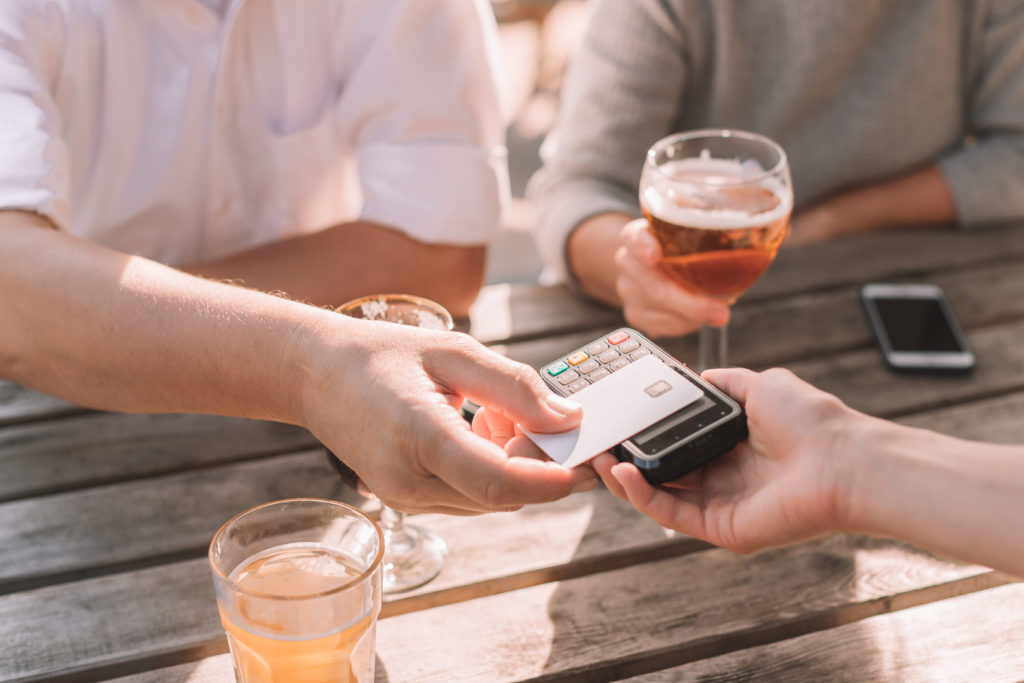By David Joseph, DAVO Co-founder

These words make me cringe every time I see them: sales tax included.
Sometimes I’ve noticed that the price of a drink at a bar says “sales tax included”. Seeing this always makes me cringe. It means that the place is building the sales tax percentage into the overall price of the item that they are selling so that the buyer of the drink doesn’t pay an amount beyond the price of the posted drink.
In short, the bar is subsidizing part of the drink for all of its customers. Why are they giving up this revenue?
The answer is straightforward: Cash management.
Back in the day when cash was king, many bar owners felt service was faster if bartenders did not have to count change when they closed a bill. The thinking went something like this: If you were really busy with people three deep at the bar, a bartender would spend more time serving drinks and less time counting change, thus making up in volume the amount of tax included in the drink. Also, if drinks were priced the right way – maybe at $4 each – people were likely to leave $1 on the bar as a tip when they got their change back from a $5, $10, or $20.
But cash is no longer king.
Due to its ease and convenience, credit, debit, and contactless transactions account for the vast majority of sales these days. With these forms of non-cash payments, having exact change no longer matters.
Per this article from 2019, cash only represented 12.7% of the GDP in 2016. Granted, the same article also says that more than half of transactions under $10 – in 2019 – took place in cash. However, this is 2020 and COVID has resulted in many businesses going completely cashless. Businesses just aren’t typically counting out quarters, dimes, nickels, and pennies as often as they used to and likely won’t be moving back to cash in a big way post-COVID.
Back when they were open, you could argue that large venues like stadiums and concert halls that literally sell thousands of beverages during halftime or intermission would be the perfect place to include sales tax in the price (4 beers for $20 for example), but even these places have largely gone cashless because it’s faster and more secure.
Retail shops don’t include sales tax in their prices. So why include sales tax in the price of a beer?
I recently had a conversation with a bar owner who was including 8.25% sales tax in the $3.50 price of a beer. When I asked her why she told me “because that’s what the competition does”. I then asked her if she ever bought a pair of shoes or a coffee at Starbucks where sales tax was included and she said “Of course not.” So why include sales tax in the price of a beer?
Finally, I pointed out to her that she was actually subsidizing beer and drink sales and reducing her profits. I asked, “Doesn’t it make more sense to add sales tax on top of the price of the beer effectively increasing your bottom line beverage profits by 8.25% without doing anything?” After all, the vast majority of customers will remember that a drink costs $3.50 at both bars and nothing about sales tax anyway.
There is no reason in 2020 to include sales tax as part of the price of what you’re selling.
I constantly hear from restaurant and bar owners how costs are rising and margins are getting slimmer. If this is the case and you are including sales tax in your pricing, think about why you are really doing this and consider stopping this outdated practice.
